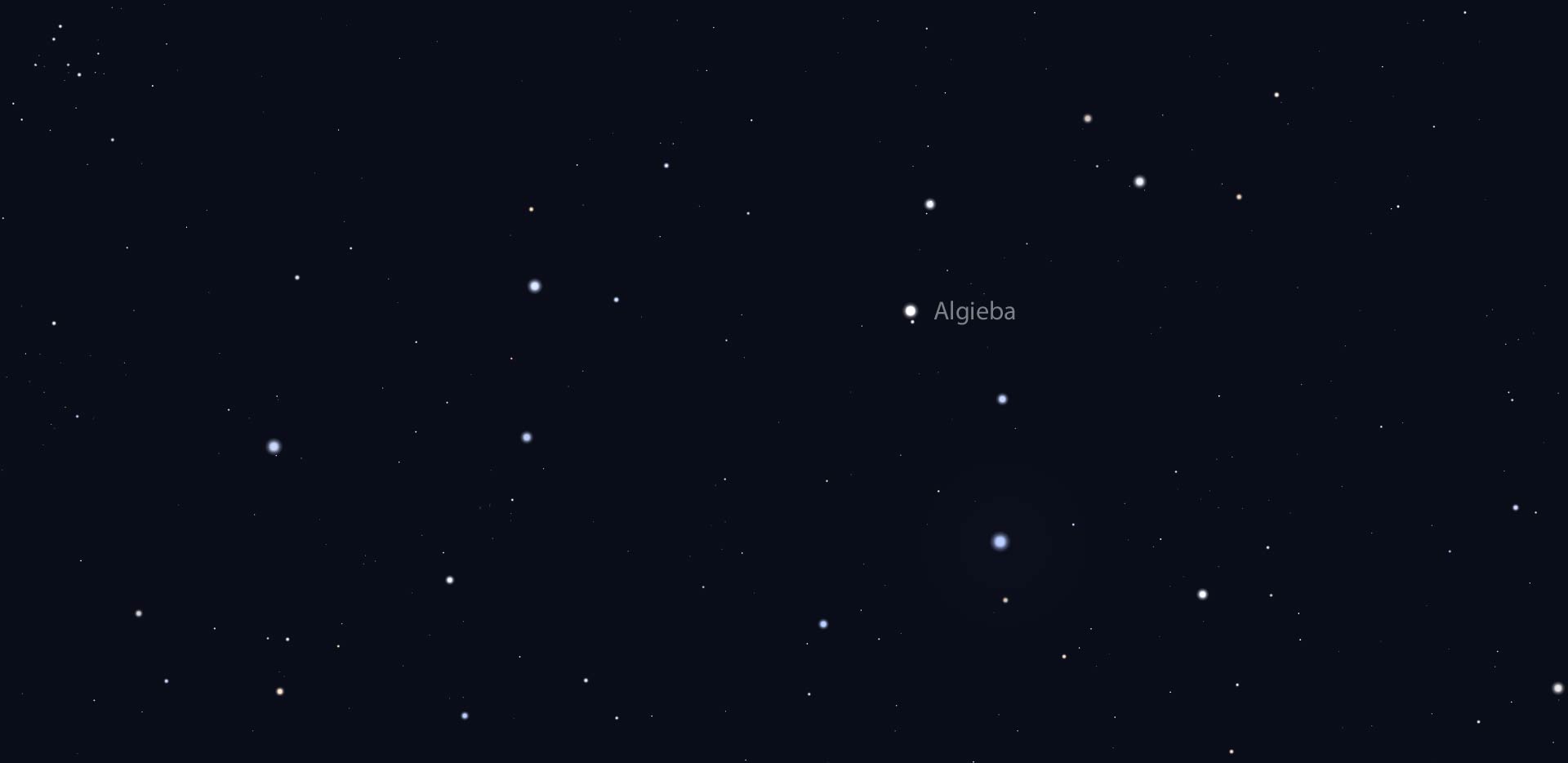The Sky in July
Meteor Showers
Capricornids
Peaks July 29-30Delta Aquarids
Peaks July 27-29July Constellations & Folklore
By Francine JacksonObserving Projects for July
Cygnus the Swan
: By Dave HuestisA Selection of Double Stars in Corona Borealis
: By Glenn ChapleSummer Double Stars
: By Nan D'AntuonoSome Bright Summer Double Stars
: By Glenn Chaple
A Selection of Double Stars in Boötes
: By Glenn ChapleA Selection of Double Stars in Scorpius
: By Glenn ChapleA Selection of Double Stars in Draco
: By Glenn Chaple
A Starhop Through Scutum
: By Craig Cortis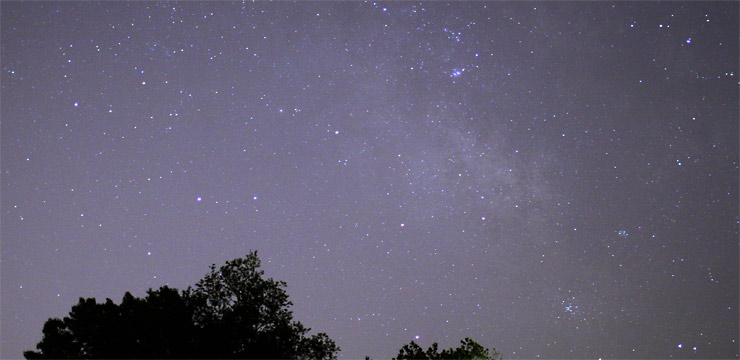
The Heart of our Milky Way Galaxy
: By Craig Cortisβ Cygni (Albireo)
: By Glenn Chaple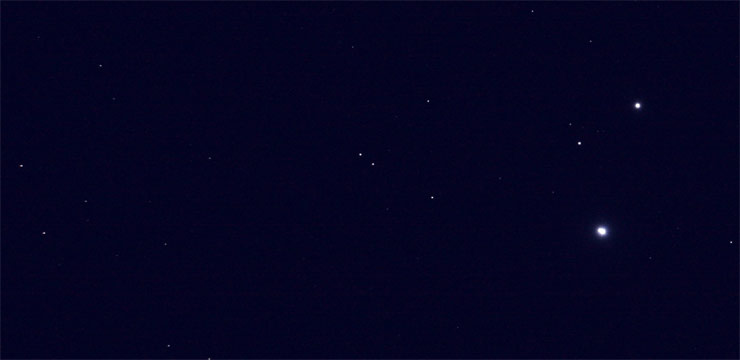
Mizar, The First Double Star
: By Glenn Chaple44 Boötis
: By Glenn ChapleMessier 6 and Messier 7
: By Glenn ChapleChaple’s Arc
: By Glenn ChapleCygnus X-1: A Black Hole You Can Find!
: By Craig CortisTaking the Broad View: Skywatching with your Naked Eyes
: By Craig Cortis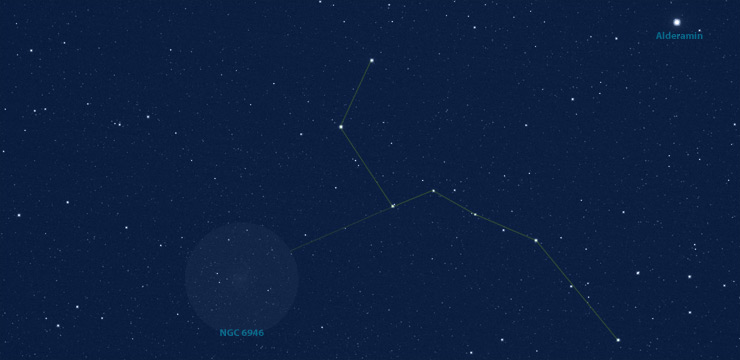
The “Little Big Dipper”
: By Jim HendricksonIt’s Full of Stars!
: By Dave HuestisCorona Australis & the Southern Limits of Sagittarius
: By Craig CortisA Star-Hop that Finally Worked!
: By Craig CortisThe Milky Way
: By Glenn ChapleIC 4665
: By Glenn ChapleNGC 6207
: By Glenn ChapleIzar (ε Boötis)
: By Glenn Chaple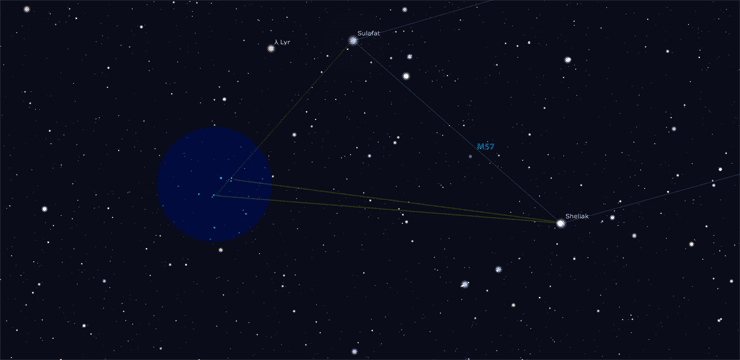
The Ships of Sheliak
: By Jim HendricksonM92: Globular Cluster in Hercules
: By Glenn ChapleM56: Globular Cluster in Lyra
: By Glenn Chaple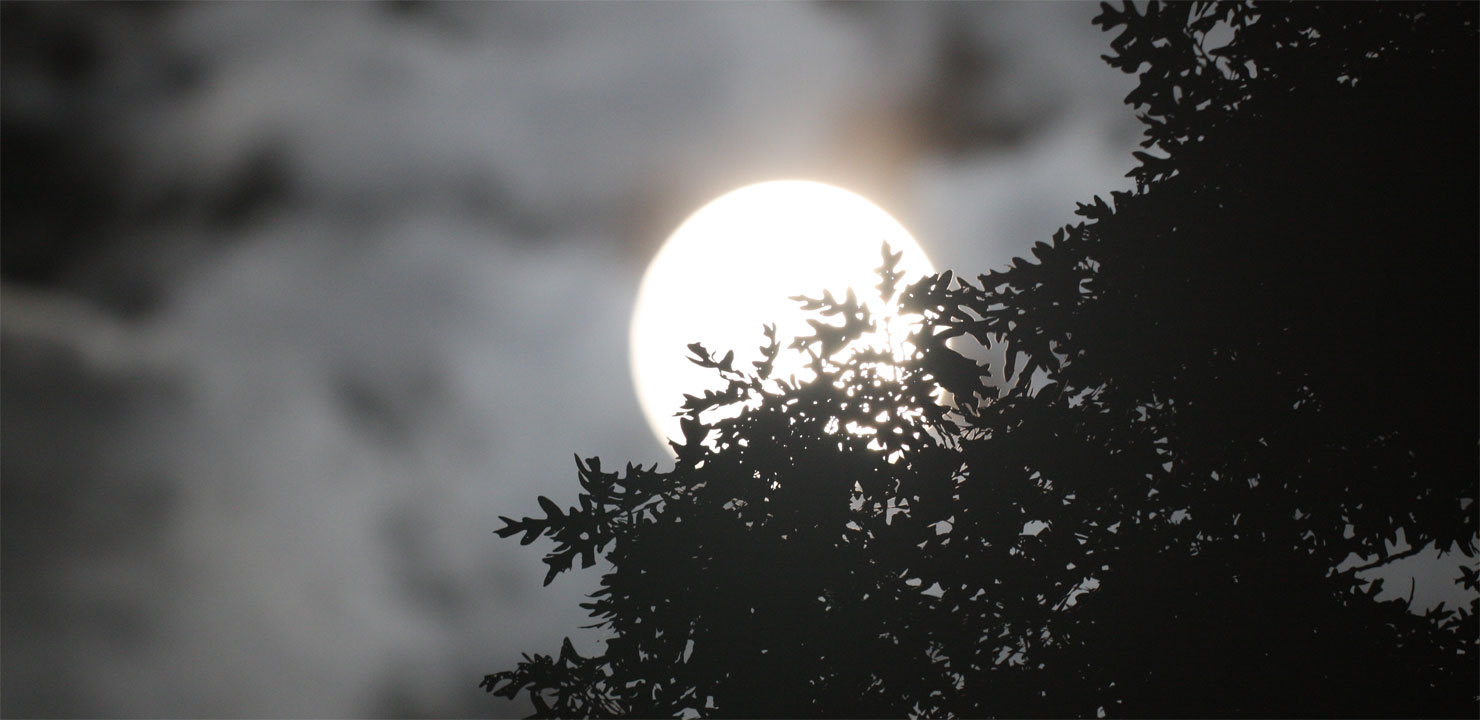
July's Apollo Moon
: By Francine JacksonNu Scorpii
: By Glenn Chaple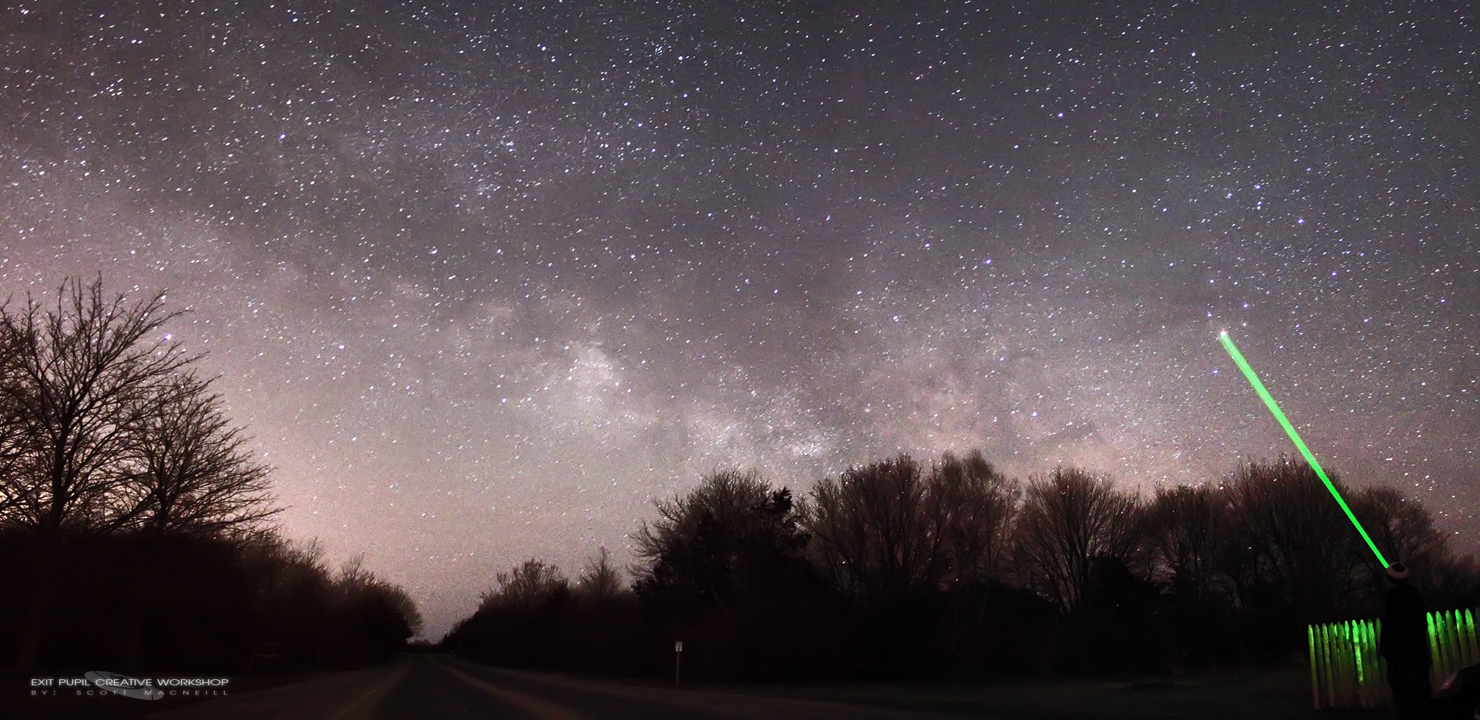
Some Treasures of the Summer Milky Way From Perseus to Sagittarius
: By Dave Huestis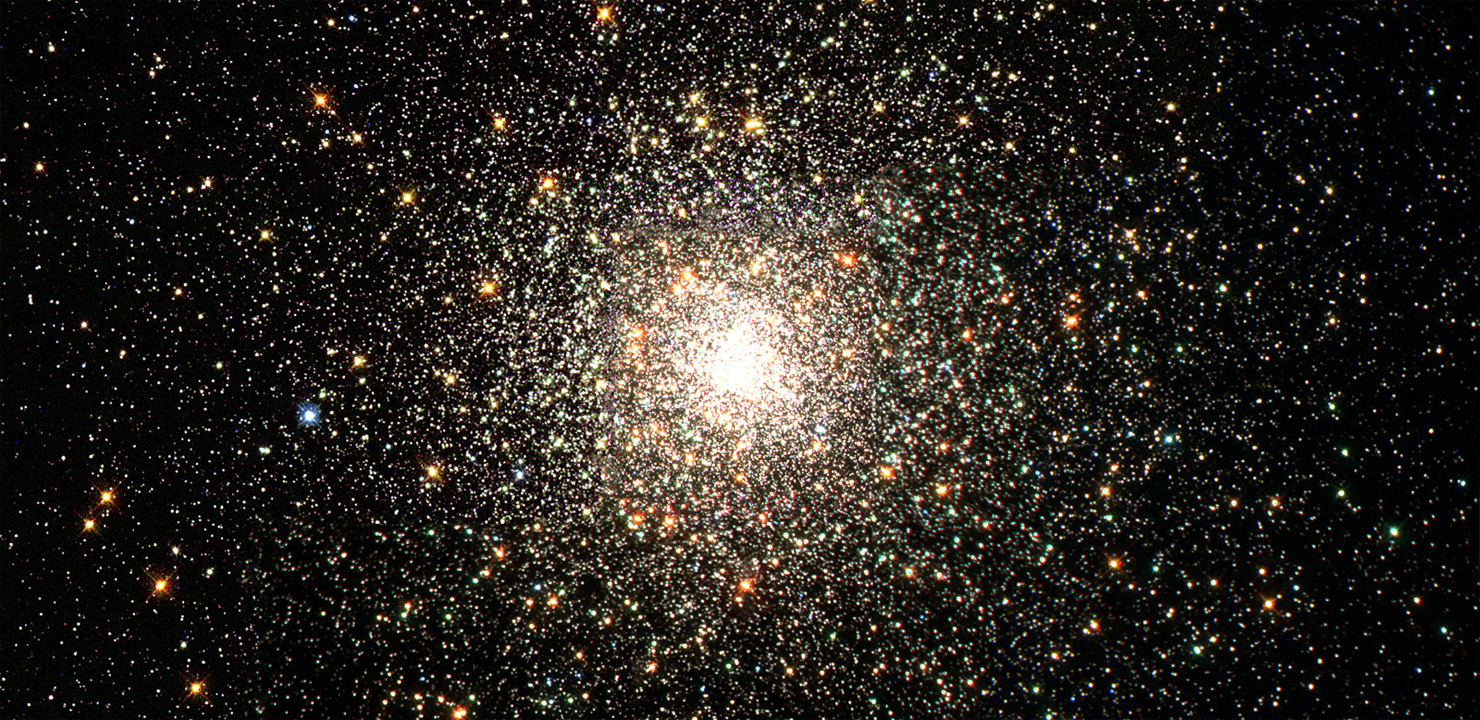
M80: Globular Cluster in Scorpius
: By Glenn Chaple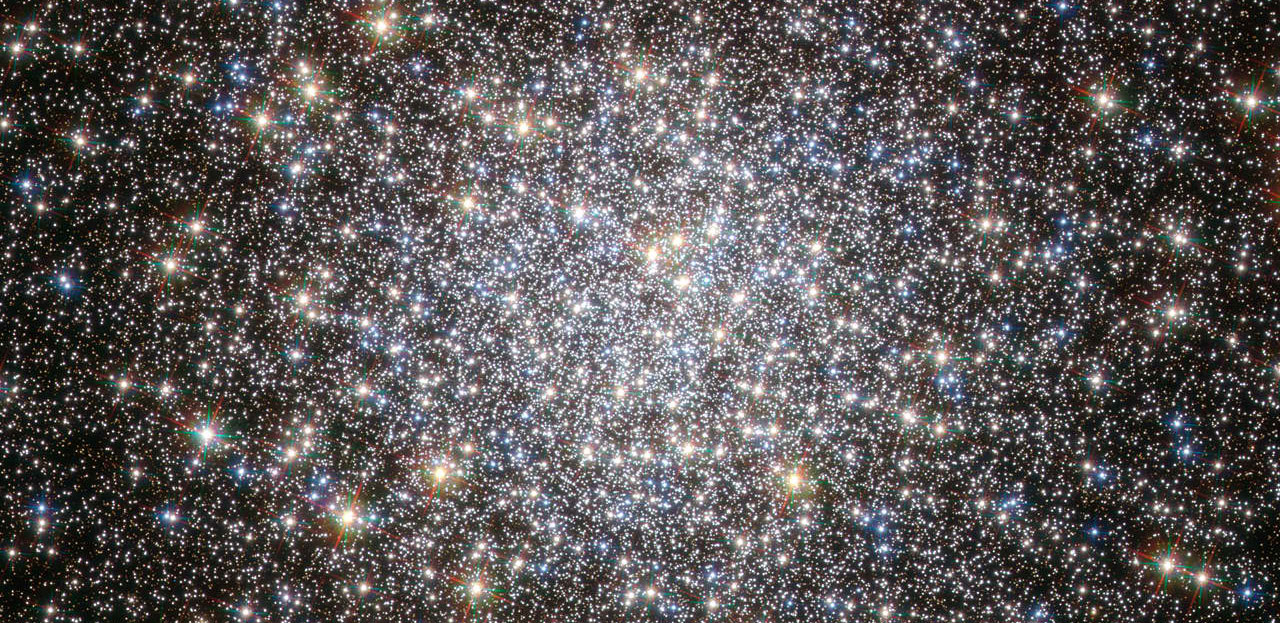
M5: Globular Cluster in Serpens
: By Glenn Chaple
M22: Globular Cluster in Sagittarius
: By Glenn Chaple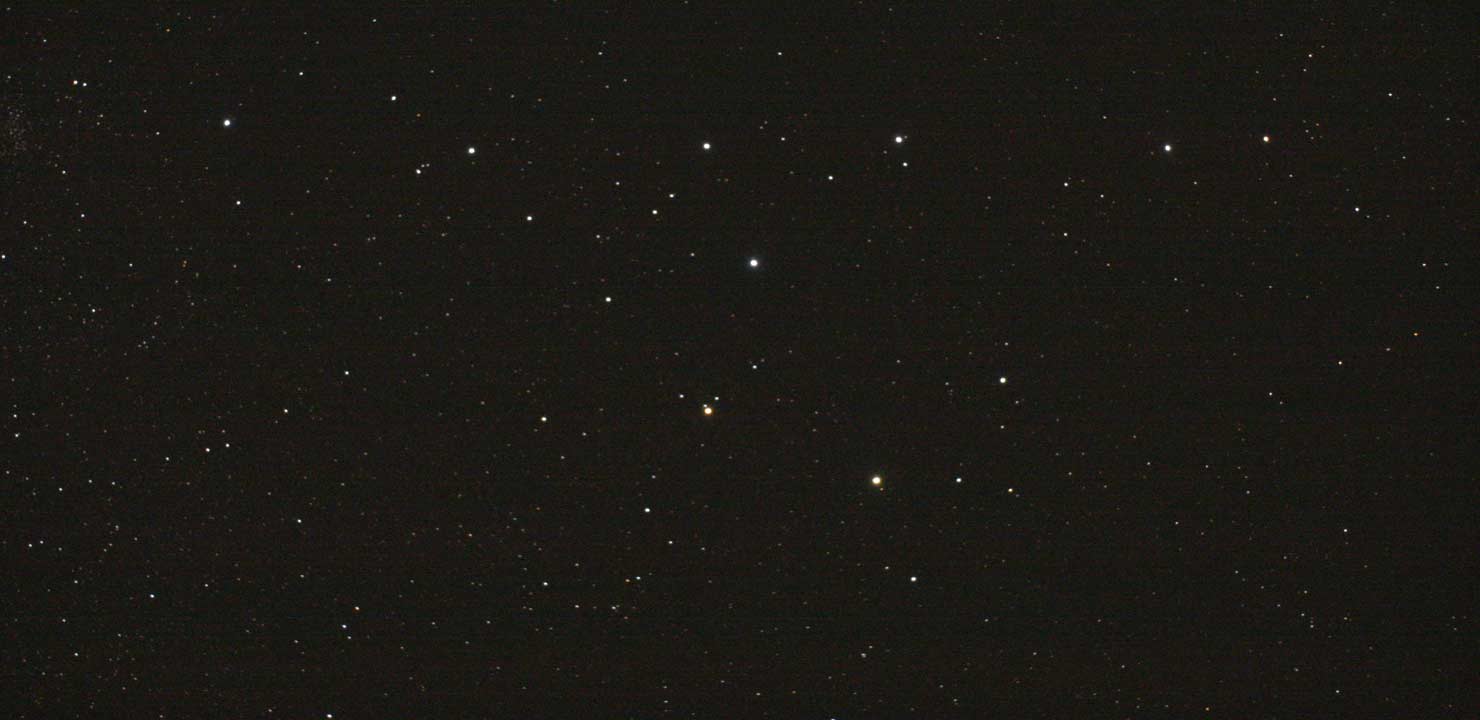
Coathanger Asterism in Vulpecula
: By Glenn ChapleNGC 6934: Globular Cluster in Delphinus
: By Glenn Chaple



